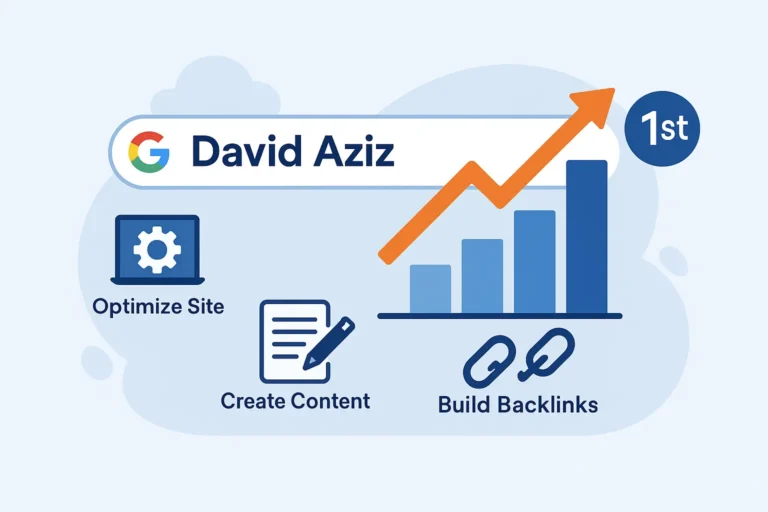From Stress to Serenity: Practical Techniques to Recognize and Redirect Emotions

Stress is one of the most common experiences of modern life. It shows up in work, in relationships, in finances, and even in the way we look at ourselves in the mirror. While some stress can motivate us to act, too much of it can leave us exhausted, irritable, and disconnected from who we want to be. The challenge is not simply to eliminate stress but to understand it, recognize it early, and redirect it into healthier patterns.
This process is part of emotional literacy: learning how to identify what we feel, give it a name, and choose our response rather than letting the feeling control us. With practical techniques, anyone can turn moments of overwhelm into opportunities for growth and calm.
Why Recognizing Emotions Matters
Many people go through life reacting automatically to their emotions. Anger turns into arguments, sadness becomes withdrawal, and anxiety leads to avoidance. These reactions are natural, but without awareness, they can harm relationships, health, and self-esteem.
Recognizing emotions is the first step in breaking that cycle. When you can pause and say, “I am feeling anxious because of this meeting,” you give yourself the chance to choose a response instead of being swept away by the feeling. The ability to name and acknowledge emotions reduces their intensity and makes them more manageable.
The Mind-Body Connection
Emotions are not only mental. They manifest physically. Stress, for example, can cause headaches, muscle tension, stomach problems, and skin conditions. The body keeps a record of how we feel. That is why practices like mindfulness, exercise, and relaxation techniques are so powerful. They do not just change thoughts; they also calm the nervous system.
Understanding this mind-body connection allows people to create routines that support both emotional and physical health. For instance, those who practice regular yoga or breathing exercises often report not only less anxiety but also improved sleep and concentration.
Common Barriers to Emotional Awareness
Despite its importance, many people struggle to recognize emotions. The barriers can include:
- Cultural conditioning: Some grow up in environments where expressing emotions is discouraged.
- Fear of judgment: People may avoid naming emotions because they fear being seen as weak.
- Busy lifestyles: Constant activity and distractions leave little time for self-reflection.
- Habitual suppression: Over time, people may ignore their feelings so often that they lose touch with them.
Becoming more emotionally aware is not about over analyzing but about slowing down and creating space to notice feelings when they arise.
Practical Techniques to Recognize Emotions
1. Journaling for Clarity
Writing down daily experiences helps uncover emotions that may go unnoticed. Instead of just recording events, note how each event made you feel. Over time, patterns appear.
2. Body Scanning
Take a few minutes to scan your body from head to toe. Notice tension, temperature, or discomfort. Physical sensations often signal underlying emotions.
3. Check-in Questions
Ask yourself simple prompts throughout the day:
- What am I feeling right now?
- Where do I feel it in my body?
- What might be causing this emotion?
4. Use Visual Tools
Emotion wheels or charts provide language to describe subtle emotions. Instead of just saying “bad,” you might find the word “frustrated” or “disappointed,” which captures the feeling more precisely.
5. Practice Mindfulness
A few minutes of mindful breathing each day creates a habit of awareness. By focusing on the present moment, you create a space where emotions can be observed without judgment.
Techniques to Redirect Emotions
Recognizing emotions is only the first step. The second is to redirect them into constructive actions.
Reframe the Story
Often emotions are fueled by the way we interpret events. By asking, “Is there another way to see this situation?” you can soften strong reactions.
Physical Release
Exercise, walking, or stretching help release the energy behind emotions like anger or restlessness. The body processes feelings through movement.
Creative Expression
Art, music, or even cooking can channel emotions into creation instead of conflict. This expression gives the feeling a voice in a safe way.
Relaxation Practices
Meditation, progressive muscle relaxation, or spending time in nature calm the nervous system. These practices teach the body a new way to respond to stress.
Social Support
Talking to a trusted friend or counselor helps to process emotions externally. Verbalizing feelings creates clarity and reduces isolation.
Everyday Routines That Support Serenity
Building serenity is less about dramatic changes and more about consistent daily habits. Here are examples of routines that reduce stress and increase emotional balance:
- Morning check-in: Spend five minutes journaling or practicing gratitude.
- Midday reset: Pause for a short walk or breathing exercise.
- Evening unwind: Replace scrolling with a book, warm tea, or reflection.
These simple routines create anchors throughout the day that make it easier to notice emotions before they escalate.
The Role of Environment in Emotional Well-Being
Where we spend our time shapes our emotional state. Environments filled with noise, clutter, or conflict elevate stress. In contrast, environments designed for relaxation promote calm. This is why many people find visiting a medical spa beneficial not only for physical treatments but also for emotional restoration. The calm atmosphere, soothing rituals, and intentional focus on well-being offer a kind of reset that extends beyond the skin.
How Professional Support Complements Self-Practice
While individual practices like journaling or breathing exercises are powerful, professional environments also play a role. Therapists, counselors, and wellness practitioners can provide structured guidance. Similarly, self-care spaces like a day spa offer an opportunity to step away from routine stress and reorient toward balance. These experiences reinforce the connection between environment, body, and emotions, making it easier to maintain serenity once back in daily life.
Overcoming Resistance to Change
Even with practical tools, some people resist change. They may feel they are too busy, or they may doubt that small practices will help. Overcoming this resistance requires:
- Starting small with two or three minutes of practice.
- Celebrating progress rather than perfection.
- Remembering that consistency matters more than intensity.
The shift from stress to serenity happens gradually. Each small step creates momentum for larger changes.
Building a Community of Emotional Literacy
While emotional regulation often starts as a personal practice, communities benefit when more people engage in it. Families that practice emotional check-ins communicate better. Workplaces that encourage mindfulness see less burnout. Communities that embrace emotional literacy create supportive environments for growth.
By sharing techniques and normalizing conversations about feelings, people build collective resilience. A single person’s journey can inspire others to explore their own.
Conclusion: The Path From Stress to Serenity
Stress is inevitable, but suffering does not have to be. By learning to recognize emotions, naming them clearly, and redirecting them through constructive practices, anyone can turn moments of tension into opportunities for growth.
Serenity is not the absence of stress but the presence of balance. Through consistent practice, supportive environments, and professional resources, the path from stress to serenity becomes achievable. It begins with one small step: pausing to notice what you feel right now.






